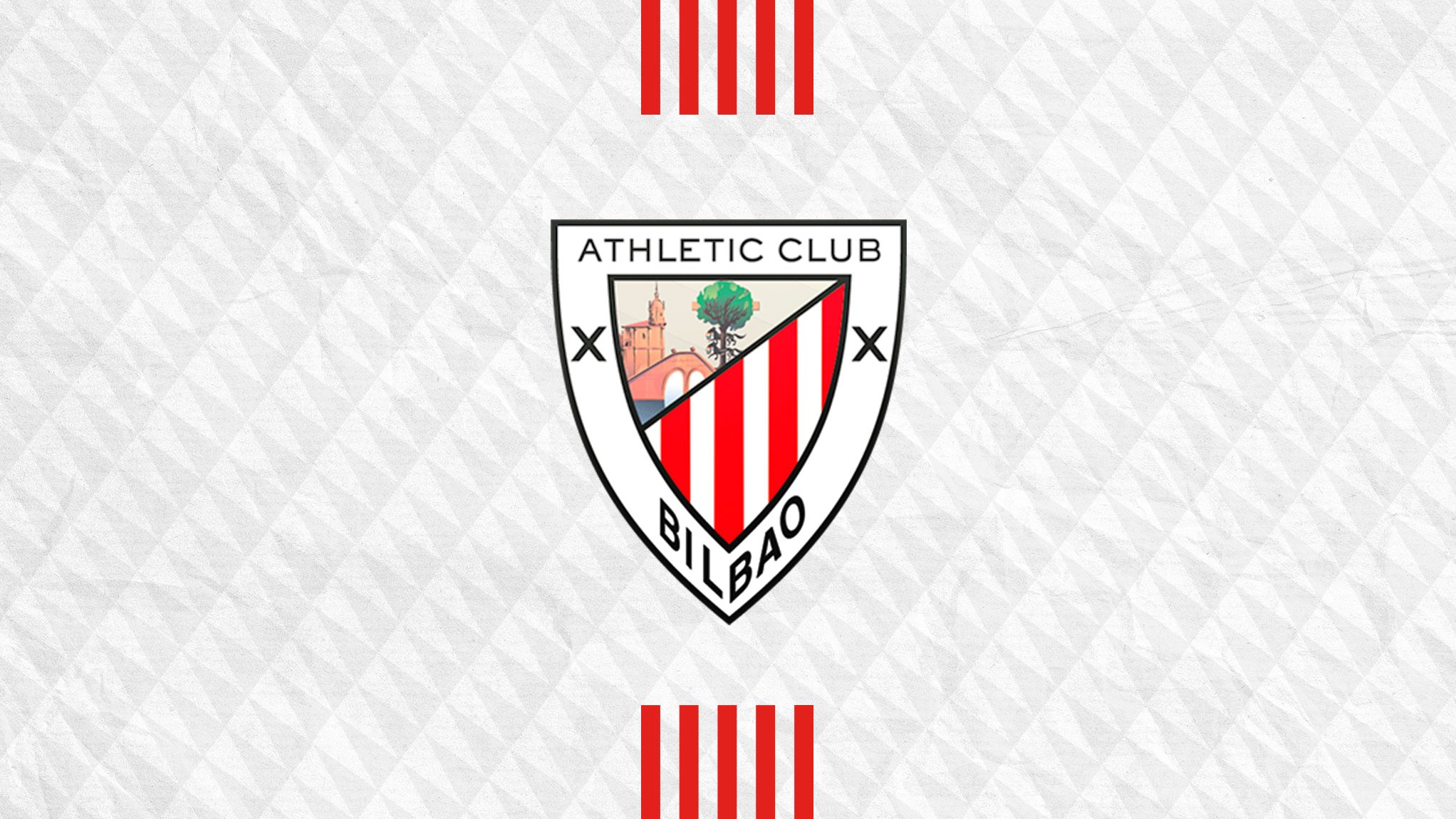Chapter I: the pioneers
The following is the start of a series of news articles to reminisce the ‘cracks’…
The following is the start of a series of news articles to reminisce the ‘cracks’ of teams that are not part of the Liga, that at some point in their careers have played on the San Mamés pitch. In this first chapter, we would like to mention the stars that visited us since its inauguration, in 1913, until the end of the 1940s.
Just four and a half months after its inauguration, San Mamés welcomed a world-renowned figure: Imre Schlosser-Lakatos. The Hungarian striker disputed two friendly matches with the powerful Ferencvaros of Budapest in January 1914 that were settled with foreign victories against the generation of Pichichi and Belauste (2-5 and 0-2). Schlosser, who in these latitudes was better known as Lakatos, was seven times the maximum striker of Hungary and on four occasions was placed in the highest European podium of scoring numbers that until then were unknown to the British, who dominated in this aspect.
Crossing the Atlantic, Uruguay’s National team arrived at Bilbao in April 1924 to dispute two friendly matches against Athletic Club. The celestials later acquired the category of illustrious, not in vain did they obtain the gold medal that same year in the Olympic Games of Paris, in the following ones of Amberes and seven of those that came to Bilbao raised the first World Cup, in 1930. One of its goals scorers, Pedro Petrone, the author of three of the four goals scored against the lions (1-2 and 0-2), is considered the first central forward in modern history. The other goal was the work of midfielder Jose Leandro Andrade, the ‘Black Pearl’, the first great black footballer, who had a tragic end as he died blind and poor at the age of 56. The legendary Héctor Scarone also stepped on the pitch of La Catedral, something that he didn’t have time to do on his short cycle in Barcelona. With the imminent arrival of the professionalism to Spanish football, ‘El magó’ left the Catalán club to assure himself a place in the Olympic Games of 1928 with Uruguay and to return to the team he so much loved, Nacional de Montevideo. With decisions like this, he won himself the hearts of the charrúa fans.
In December 1926, the best Austrian footballer of all times, Matthias Sindelar landed in San Mamés with Wiener Amateur (the old Austria of Vienna) to play two matches. They called him ‘the Mozart of football’ due to his elegance with the ball at his feet and he was also nicknamed ‘the Man of Paper’ for his extraordinary ability to overtake and dribble past his rivals. Sindelar, of Jewish origin, was found dead in his apartment, along with his girlfriend, on 23 January 1939. The official version indicated that the cause was accidental inhalation of carbon monoxide, although several versions attributed the death to Nazi militants who sabotaged the gas conduit. Other speculations indicated that Sindelar and his girlfriend preferred suicide before the pressure of the Nazi regime.
On 19 April 1931, barely five days after the proclamation of the II Republic, San Mamés was the venue of a match between the Spanish National team against Italy, that ended goalless thanks to the interventions of the mythical goalkeeper Ricardo Zamora. in the Italian team there were another two football ‘Gods’, one in the pitch, Giuseppe Meazza, and another on the bench, Vittorio Pozzo, both great brains of the victory of the ‘Squadra Azzurrá’ in the World Cups of 1934 and 1938. Giuseppe Meazza, hence the name of Milan’s and Inter’s stadiums since 1980, almost half a year after his death, carried out an amusing anecdote in the 1938 France World Cup against Brazil, when he scored a penalty holding on to his shorts because they were about to fall off.
One of the fashionable teams in the 1940s and 50s, Sporting from Lisbon, maintained their reign in Portugal for a long time supported by its matchless forwards ‘the Five Violins’, because they appeared as a perfect orchestra on the playing field. Four of its members (Correia, Vasques, Travassos and Albano) played in the friendly of 19 December 1948 in San Mamés, which ended in a 1-1 draw (Zarra and Aramberri, who scored an own goal). Who did not take part was Fernando Peyroteo, the player with the best goal average per match in football history. Another heavy weight, the French club Stade de Reims, defeated the lions by 2-3 in a friendly match disputed in San Mamés on 4 May 1949. On that day, both teams wore black armbands as a sign of mourning of the death of the players of ‘Il Grande Torinó’ in an airplane accident on the outskirts of Turin. Players that stood out in the French team were the Sinibaldi brothers, Penverne, Flamion and the midfielder Albert Batteux, who later prevailed as Manager in the club and who made the team European Cup finalists twice.

